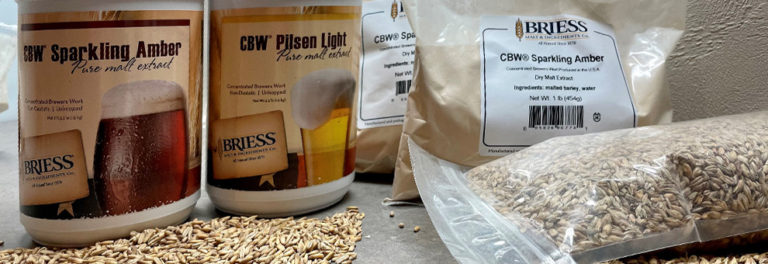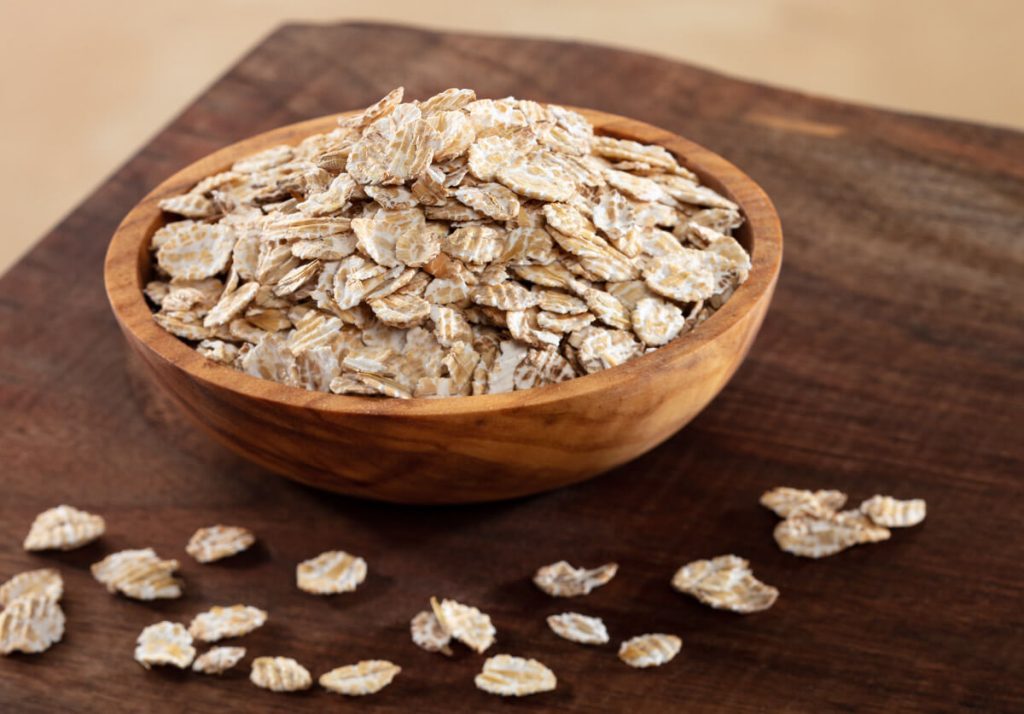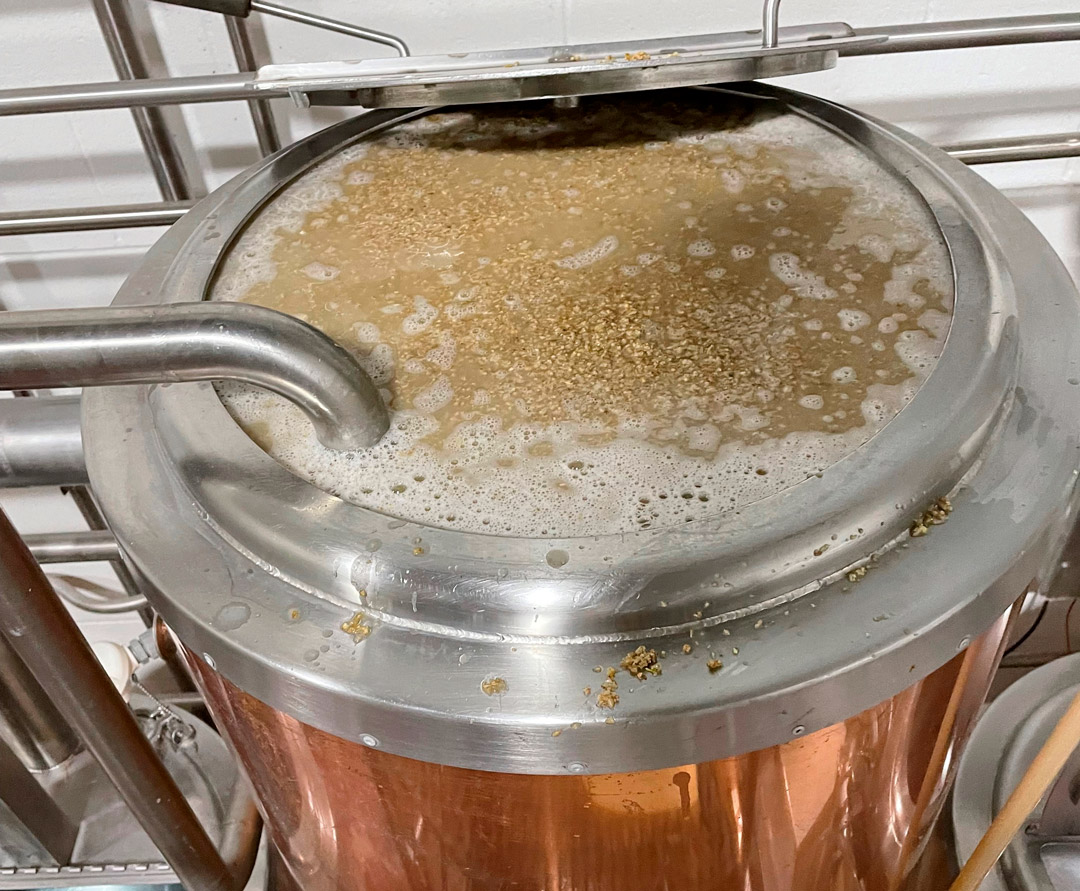Welcome Home
Homebrewing is a passion and we’re glad you are on this journey with us. We want you to be proud of your brew and the experience of sharing it with family and friends. Whether you are extract brewing, elevated to partial-mash, or graduated to all-grain brewing, the quality and consistency of our ingredients enhance any recipe. As a homebrewer, the best decision you can make is to start with Briess malts.
Homebrew FAQs
What’s the difference between Caramel and Crystal Malts?
Dave Kuske, our Director of Malting Operations, explains it this way. The difference between Caramel and Crystal malts involves both terminology and chemistry and production differences.
As for terminology, the European maltsters landed on crystal malt as the descriptor of malts that go through a conversion step where starches are rapidly (typically within 45 minutes) converted to sugars and the sugars are then crystallized at high temperatures in a roaster. Somewhere in our distant past, it was decided that our crystal style malts produced in the same manner were given the name caramel Malt.
The term caramel really refers to the process of pyrolisis of sugars. When I give presentations on the process, I encourage the audience to envision a candy thermometer. There are different temperature “breaks” where different “types” of caramel are produced and each have unique and very different physical and flavor properties. Crystal style malt is in reality the end process of achieving high enough temperatures to produce a ‘hard crack’ type caramel inside of each malt kernel, which results in a hard glassy endosperm. This crystallization lends unique properties to the flavor and functionality of the malt. In order to achieve crystallization, the actual kernel temperature must exceed 300ºF, which requires much higher applied temperatures only achievable using a roaster, which has the burner capacity to reach in excess of 700+ºF if needed.
There are Caramel malts on the market that are produced using a kiln. The green malt is heated at minimal airflow and is held at high moisture content for an extended period of time (more like hours than minutes) on the upper kiln to “stew” the malt to allow the enzymes to break the starches into sugars. It is a tricky step on the kiln because it is difficult to get the wet malt heated up to the enzyme optimum temperatures (60-70ºC or 140-158ºF) without drying the malt in the process, which slows the enzymatic breakdown. I liken it to trying to heat up a wet bath towel. After stewing, the malt is heated at the highest temperature possible on the kiln, which is not hot enough to actually crystallize the sugars due to maximum temperature limitations on the kiln. In most cases, 220-240ºF burner temperature is as high as one can achieve on a kiln, which falls far short of crystallization temperature of the predominant sugars. There is some caramelization that occurs at the lower temperatures, but the majority of the color and flavor development is due to the Maillard reaction (sugar + amino acid) which provides a different flavor profile and a mealy/powdery endosperm.
What is the best way to dissolve Briess DME?
The trick is not to dissolve in boiling water. Our product is a natural humectant meaning it is a very hygroscopic substance, as the steam from the boil rises it is actually caking the extract before it hits the water and creates clumping that makes dissolving difficult. The best thing to do is dissolve your DME in water 100°F - 120°F, make a slurry and add to your boil. Alternatively, Briess DME will dissolve in tap water. So you could choose to dissolve it in tap water then add the slurry to your water and bring it to a boil.
Should Carapils® Malt be mashed or steeped?
While Briess Carapils® (Dextrine-style) Malt can be mashed, it can also be steeped. For best results steep at 150-170°F and “dunk” or somehow agitate the grain and water to improve the extraction for 30 minutes. The water may get a little cloudy, however this will disappear once the wort is boiled.
Dark roasted malts, Caramel (Crystal) Malts and Briess Carapils® Malt (which is neither) can be safely steeped. It is not recommended to steep Base Malts, Pale Ale Malt, Munich Malts, Dextine Malts with a mealy endosperm or other malts with a mealy endosperm because starch could be extracted which would interfere later in the brewing process. These malts need to be partial mashed or mashed, which activates the malt enzymes and converts the grain starches into fermentable sugars.
What is Carapils® Malt?
Carapils® Malt is a registered trademark owned by Briess Industries, Inc. in the United States and Canada. It is Briess’ dextrine-style malt made using a proprietary process, so it is unlike any other dextrine-style malt on the market. It imparts no flavor or color but increases foam, improves head retention, and enhances mouthfeel without adding flavor or color to your beer style.









